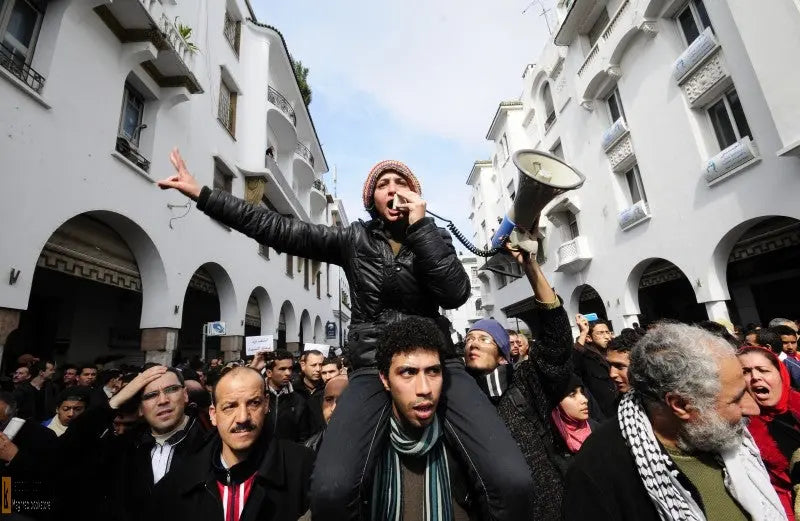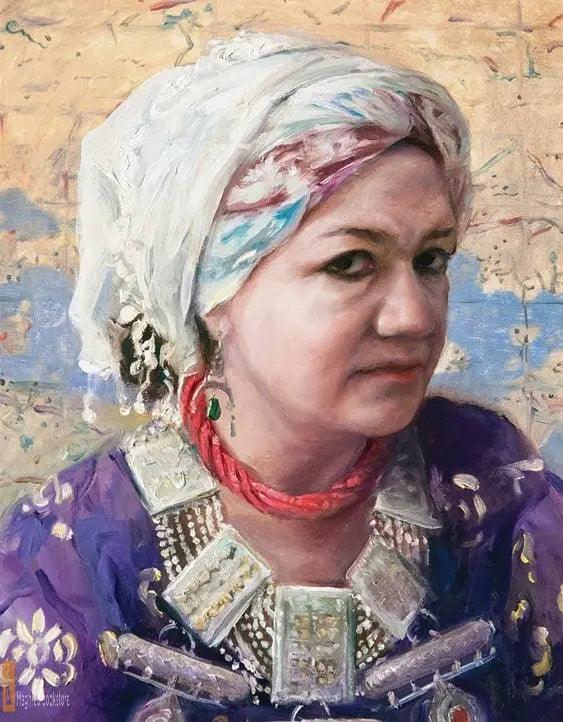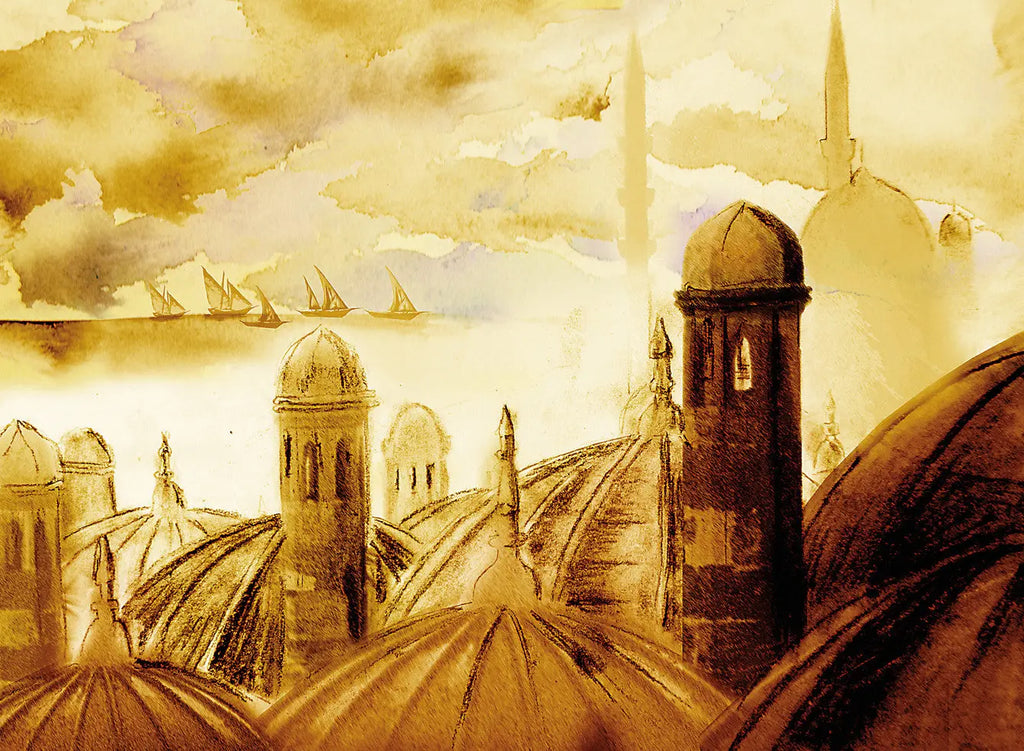Nos Actualités أخبارنا — morocco
Les racines amazighes du « Petit Prince » de Saint Exupéry
algeria amazigh Berber Desert Le Petit Prince literature Maghreb MENA Morocco sahara St Exupery Studies Touareg Tuareg tunisia
Un renard fennec, le sable et les étoiles, un baobab et un garçon dont l'écharpe se déroule jusqu'à la longueur d'un tagelmust, le turban couvrant le visage porté par les nomades du Sahara, ne sont que quelques-unes des images que les lecteurs chérissent après avoir terminé Le Petit Prince d'Antoine de Saint-Exupéry. La portée du classique pour enfants bien-aimé – sur un pilote qui s'écrase dans le plus grand désert de sable du monde et rencontre un petit garçon venu d'un astéroïde lointain – est aussi vaste que le Sahara lui-même. Cette année, l'histoire a été traduite pour la 300ème...
What's happening in the Rif? (Northern Morocco)
abd el krim al hoceima amazigh berber morocco rebels rif tanger zefzafi
The long history of the Rif's rebellious spirit. The Rif, the northern mountain region of Morocco with a long history of rebellion, has been the center of a protest movement for eight months. It has exposed divides: between developed coastal cities and a neglected, resentful interior; between young people eager to challenge authority and an older generation fearful of change; and between an all-powerful monarchy and a street movement with no traditional leaders. Learn more about this fascinating region and its people. Explore the Rif through the books... Intifadat al rif 58 / 59 | Testimony on the Rif uprising of...
Sayyida Al-Hurra: Noble Lady & Pirate Queen
al hurra andalus chefchaouen lady morocco noble piracy pirate queen reconquista
Ruler and defender of Morocco’s coastal city-state of Tétouan, Sayyida al-Hurra was a woman of many identities. Her name—really a title—loosely translates “an independent noble lady,” but to her detractors she was a “pirate queen.” Hasna Lebbady, author of Feminist Traditions in Andalusi-Moroccan Oral Narratives (Palgrave Macmillan, 2009), counts her among the Andalusi-Moroccan heroines who populate the nation’s history and folklore.
The sixth and final story in a series published in AramcoWorld takes place in the early 16th century, when Morocco offered haven to Muslim and Jewish émigrés in the wake of the fall of Al-Andalus to Christian Spain. Read on...
The State of Book Production in Morocco
arab arab world book market morocco publishing
Morocco is the fourth most active publishing country in the Arab World after Egypt, Saudi Arabia, and Lebanon. The Arab world territory includes the 22 countries of the Arab League: Algeria, Bahrain, Comoros, Djibouti, Egypt, Iraq, Jordan, KSA, Kuwait, Lebanon, Libya, Mauritania, Morocco, Oman, Palestine, Qatar, Somalia, Sudan, Syria, Tunisia, UAE, Yemen. The yearly Frankfurter Buchmesse (Frankfurt Book Fair) consolidated and shared some fact and figures about the Arab and the Moroccan book publishing market. THE ARAB BOOK MARKET THE MOROCCAN BOOK MARKET (in German) Ketabook is strategically located in the capital of Moroccan book publishing and has been serving academics and libraries worldwide since 2001. Ketabook also has a...
Travelers of Al-Andalus: al-Ghazal
al-andalus al-Ghazal andalus Constantinople Cordoba istanbul Morocco rihla spain travel turkey
Published in AramcoWorld in Dec.2015 Written by Jesús Cano and Louis WernerArt by Belén Esturla The story, according to Córdoba-born historian Ibn Hayyan, is that when the amir of Al-Andalus, ‘Abd al-Rahman ii, assigned his court poet and trusted ambassador to a mission to the Byzantine capital of Constantinople, the poet tried his best to refuse. Independent, insubordinate, even impudent: Such moments were almost trademarks of Yahya ibn Hakam al-Ghazal, whose surname meant “the gazelle,” a name given for his extraordinary good looks and fleet wit. He was known for satirical verse and sharp epigrams that not infrequently...






 Questions?
Questions?